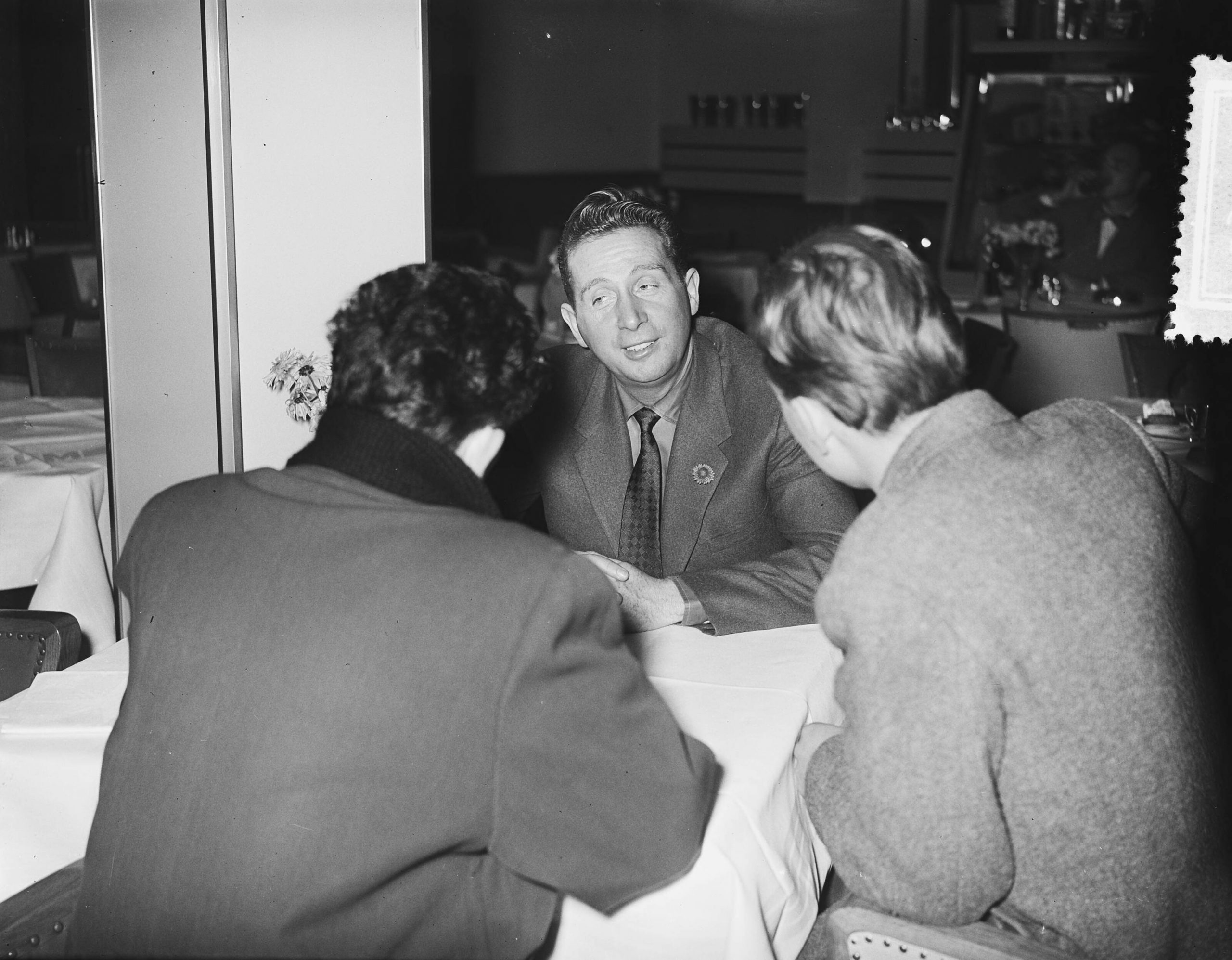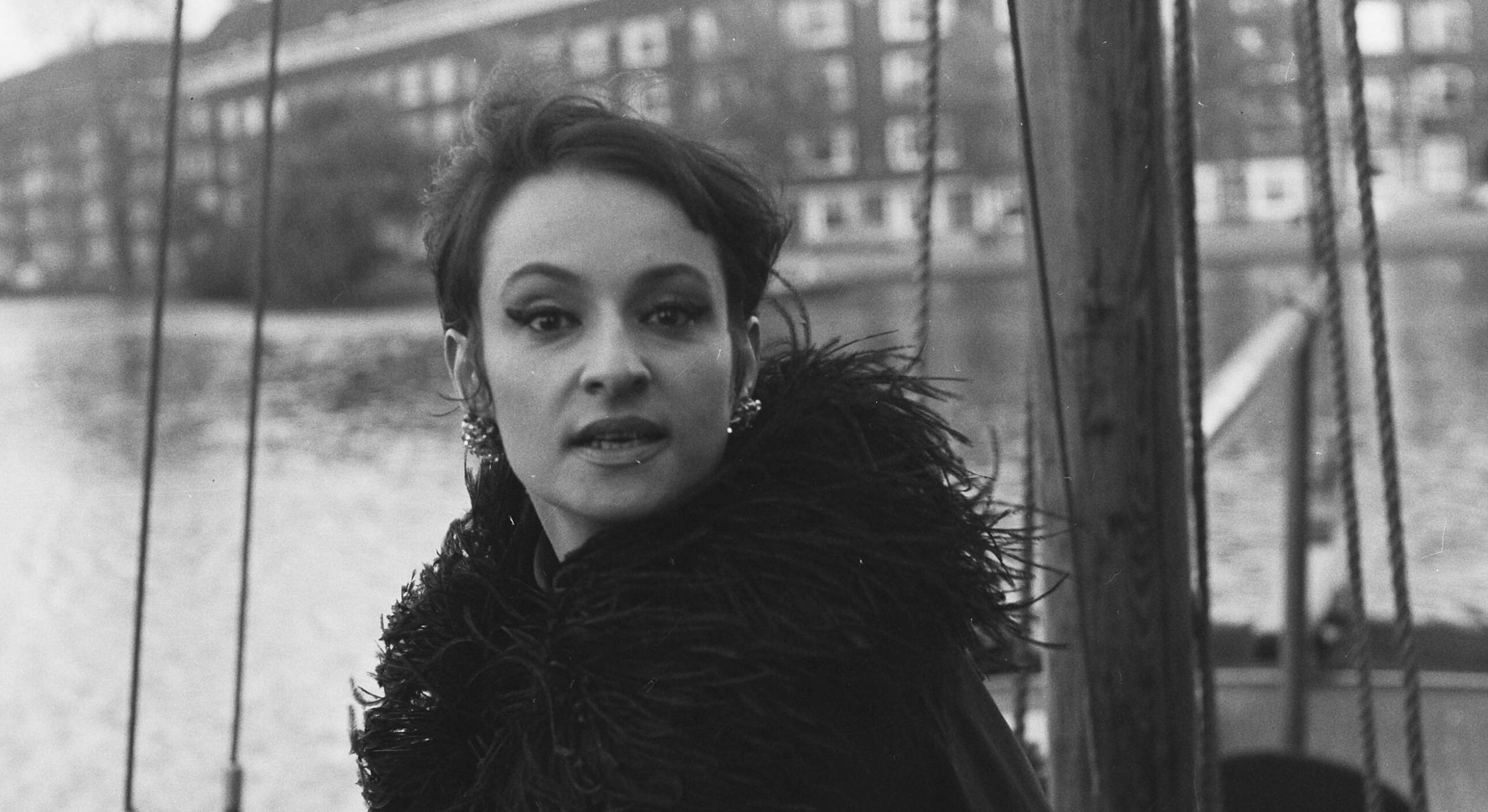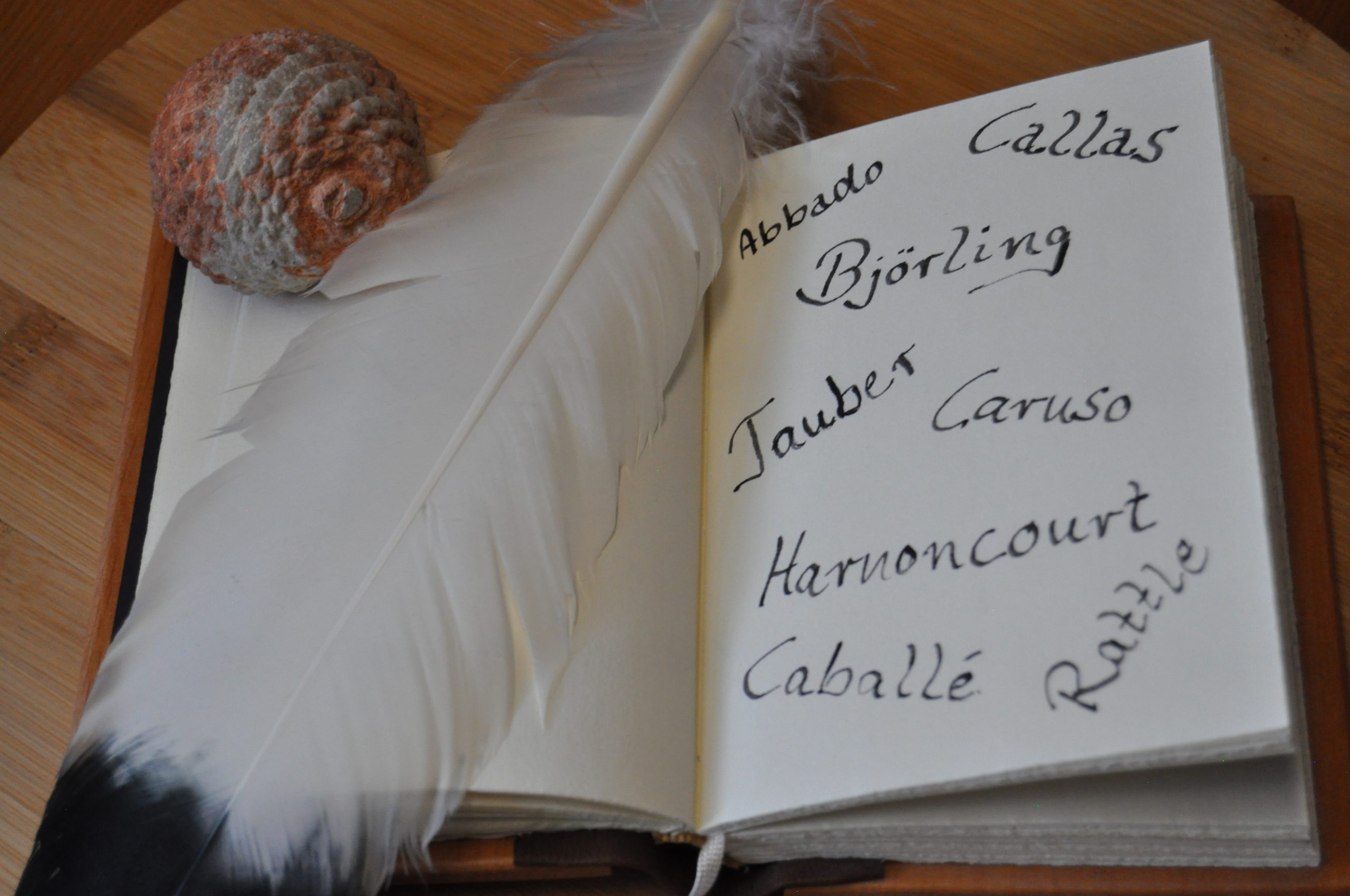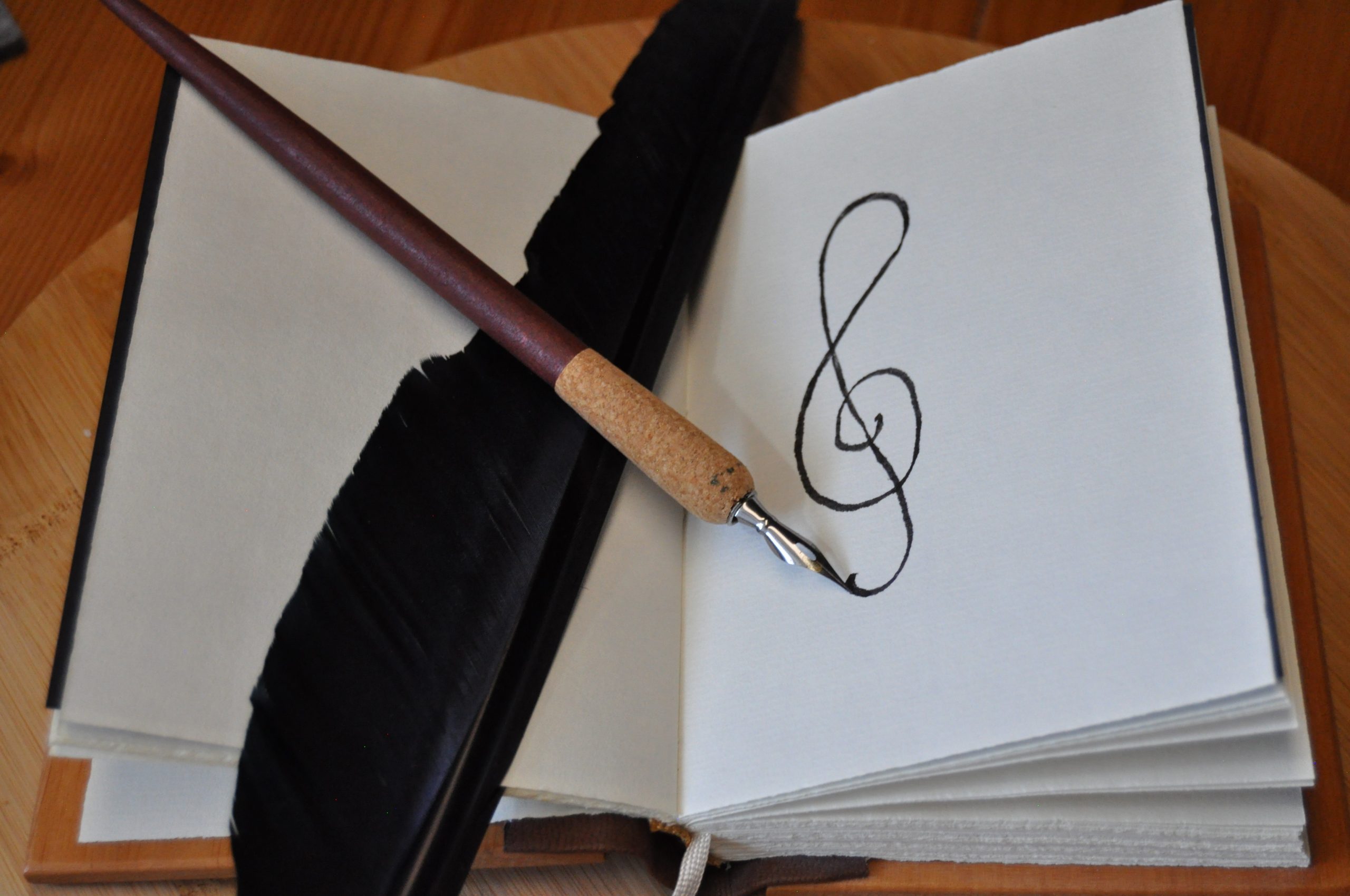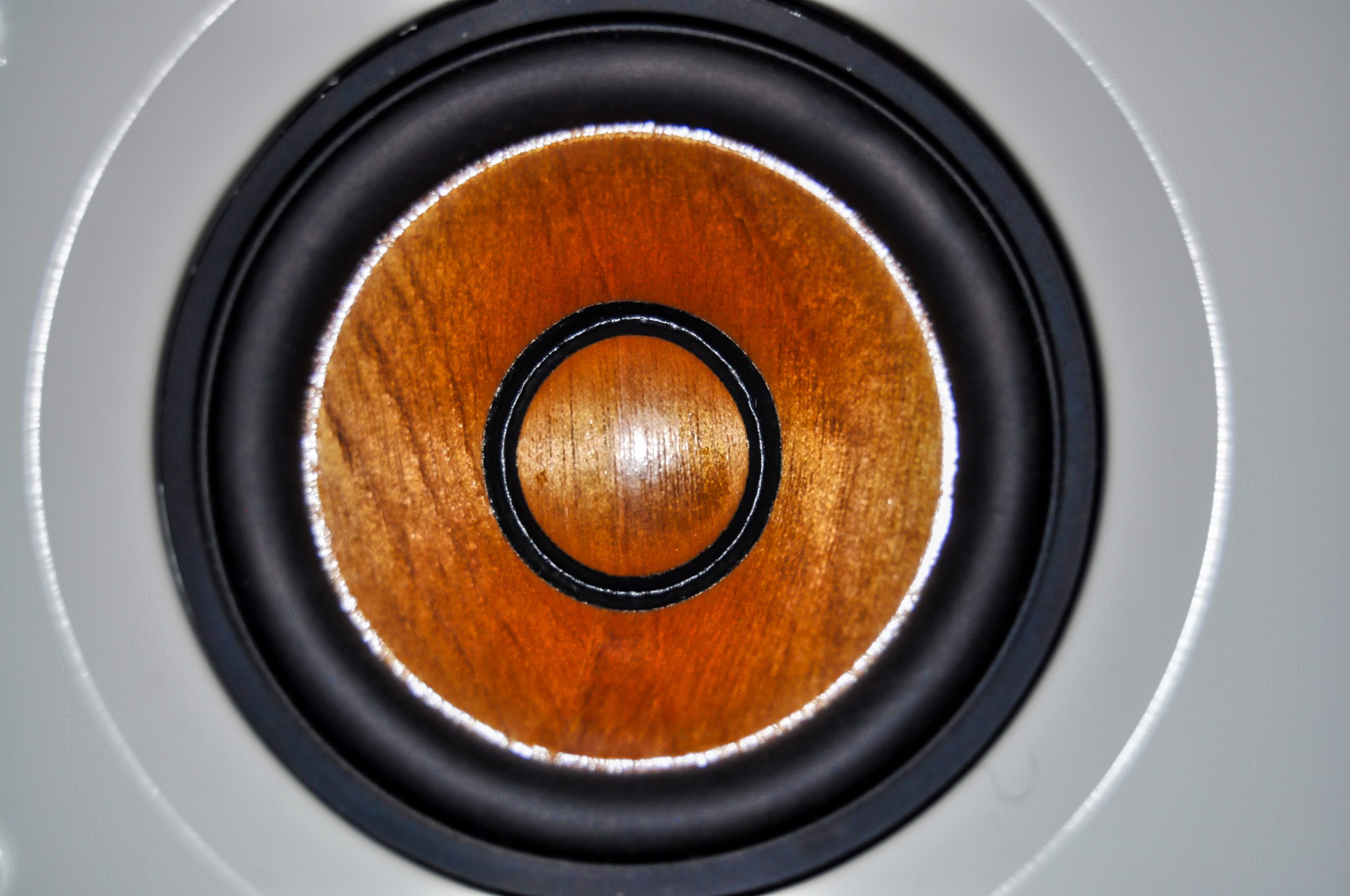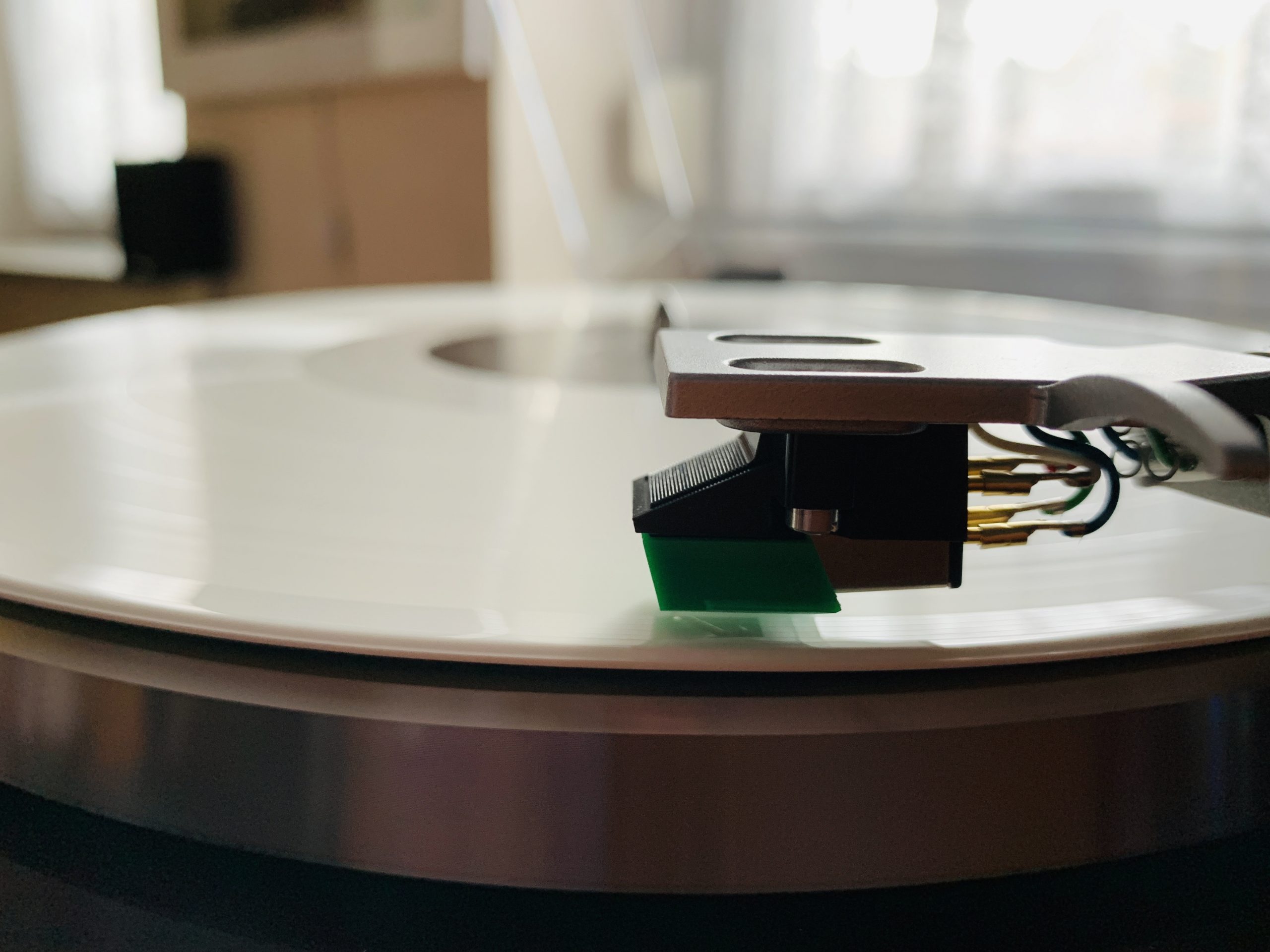This article is published on the 25th anniversary of Barbara’s death on 24 November 2022.
Her chansons all had autobiographical features: there was no such thing as fantasy, Barbara once said. She could only write chansons because she lived her life, she said. Her chansons often revolve around strokes of fate: Be it the death of her parents or a small mishap, Barbara put it into a chanson. Barbara’s lyrical talent was not entirely unlike that of Jacques Brel, whose songs she interpreted at a young age.
Although much of Barbara’s work can be described as melancholic, she also had ideals that she championed: She is best known in Germany for her chanson Göttingen, which was used to promote Franco-German friendship in the post-war period.
Although Barbara’s family had to struggle in occupied France, she considered it pointless to continue fuelling resentment between the two peoples and wrote the chanson Göttingen.
Jacques Brel
In 1950, after a few unsuccessful months in Paris, Barbara decided to emigrate to Brussels: There she met Jacques Brel. At that time, Jacques Brel was far from the celebrity he later became. Barbara and Jacques Brel – they were both artists who were only known to die-hard vaudeville visitors and who appeared in the opening programme of a great artist’s show.
Because Barbara mainly interpreted chansons by other artists at the beginning of her career, she was told that she could only copy others: Jacques Brel is said to have encouraged her to write and sing her own chansons. That was the key to her success: just like Jacques Brel, Barbara only became really successful when she wrote her own chansons.
Barbara and Jacques Brel shared a lifelong friendship: not only did they exchange artistic ideas, Brel invited Barbara to play one of the leading roles in his first film Franz in 1971.
She immortalised her person and her experiences in her lyrics.
Pianiste chantante
Barbara’s dream was to become a singing pianist (French: pianiste chantante). After receiving valuable advice from Jacques Brel about her career, Belgium was like a second home to her for a long time: In the fifties, she commuted back and forth between Paris and Belgium.
In the mid-fifties, Barbara recorded her first records: At first she recorded chansons by other poets; the record companies did not yet have confidence in her abilities as a chanson poet and she herself was not yet ready to interpret her own works.
In December 1959, Barbara began work on one of her best-known chansons: In Nantes, Barbara processes the death of her father. She completed the chanson in 1963 and celebrated one of her greatest successes with it.
It took Barbara until the mid-sixties to interpret her own chansons: she sang chansons by George Brassens and Jacques Brel for various French record labels. When she performed live at that time, she was heavily criticised: Her stage presence was described as austere and stiff, but Barbara deliberately appeared more distanced than other chanson singers when performing: During a performance, the attention should not be on her alone, but on the text she was interpreting. She immortalised her person and her experiences in her lyrics.
Barbara’s relationship to writing
In her memoirs she writes that until 1962 she had written just two chansons: But suddenly she was seized by the urge to write. She herself writes that the words frightened and fascinated her at the same time. She recalled how her mother had given her The Picture of Dorian Gray (Oscar Wilde) for her seventeenth birthday: She describes this book as the trigger for her fascination with writing.
The words Barbara read did not stick in her visual memory, but in her tactile memory: according to herself, she felt the words with her hands. When she wrote a chanson, the words squeezed out of her fingers and she had no choice but to put them on paper.
Barbara’s first creative phase as a chanson poet culminated in 1964 with the release of the album Barbara Chante Barbara.
Göttingen
At the beginning of 1964, the director of the Young Theatre Göttingen made her an offer to sing on location. Barbara initially refused: for her it was not an option, she did not want to sing in Germany. But Barbara reconsidered her decision and decided to travel to Göttingen in July 1964. She agreed with Günther Klein, the director of the theatre, that she would only play on a black piano. When Barbara found a different piano on the evening of her first engagement, she refused to perform: The audience was already sitting in their seats and the concert was about to be cancelled because of the piano…
The singer was only the medium that interpreted the chanson.
A black piano
It was thanks to the commitment of the young actors at the theatre that Barbara did perform that evening: one student knew a lady who was willing to lend her black concert piano. The concert should have started at 8 pm. At 10 pm, ten young theatre actors carried the helpful lady’s black concert piano through the gates of the Young Theatre Göttingen and made it possible for Barbara to perform. Barbara later named her memoirs after this incident with the title Il était un piano noir [Once upon a time there was a black piano]. In the small garden of the Young Theatre Göttingen, Barbara wrote a first draft of the chanson Göttingen. She finished the chanson in Paris and released it on her next record. Later she also recorded the song in German: The record Barbara sings Barbara in German includes a German version of Göttingen.
Legacy
Barbara was one of the most multi-faceted chanson singers France had to offer in the 20th century: although she was often compared to other chanson singers, her character and interpretative style made her unique. For her, the chanson was in the foreground, not the singer: the singer was only the medium that interpreted the chanson. Barbara only discovered her fascination for writing when she had already been working in show business for several years: she was encouraged by Jacques Brel, among others, to write chansons herself. Barbara is one of the most famous chanson singers of the 20th century – during her career, which spanned over forty years, she enriched the genre of French chanson with her creations and guaranteed that French chanson could maintain its position in the seventies and eighties alongside the new forms of pop music.
Cover picture: Barbara 1965 in Amsterdam
Picture credit: Fotograaf Kroon, Ron / Anefo, Nationaal Archief, CC0
Main source: Barbara: “Il était un piano noir…: Memoires interrompus”, 2002 Le Livre de Poche

 Deutsch
Deutsch Français
Français